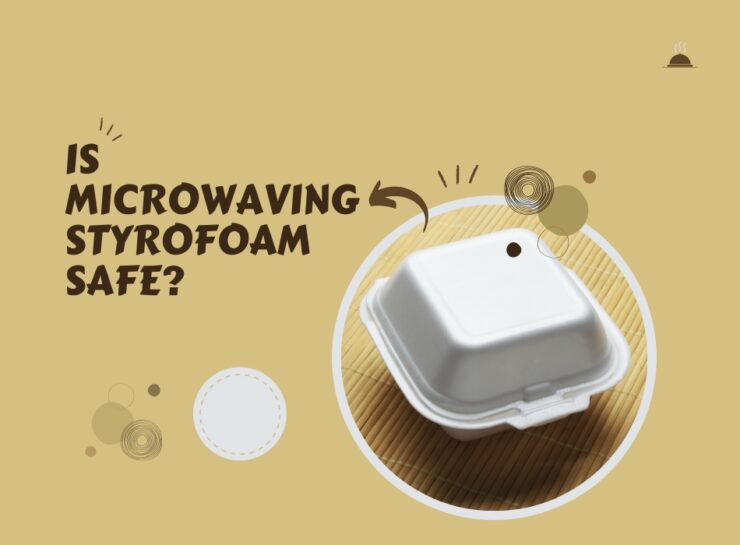Styrofoam is a commonly used material for food packaging and insulation due to its insulating properties and low cost. However, when it comes to microwaving food in Styrofoam containers, there is some confusion and concern over whether it is safe to do so.
The potential health risks associated with microwaving it have led many people to seek out alternatives or avoid using it altogether. In this article, we will explore whether you can safely microwave Styrofoam and discuss the risks and alternatives to using it in the microwave. By the end of this article, you will have a better understanding of how to safely and sustainably heat your food in the microwave.
What are the Dangers of Microwaving Styrofoam?
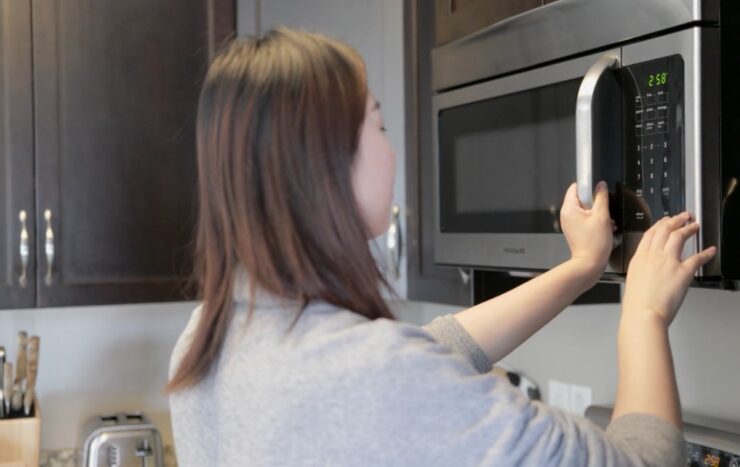
The dangers of microwaving can be serious. Styrofoam, or polystyrene foam, is made of tiny beads of expanded polystyrene which are extremely flammable and can release toxic gases when heated. Inhaling these fumes can cause headaches, nausea, and irritation to the eyes, throat, and lungs.
Additionally, these cups can melt and deteriorate in the microwave. As these materials degrade, small particles can break off from the cup and contaminate the food inside. Even heat-resistant forms of Styrofoam may leach potentially harmful chemicals into food when exposed to high temperatures.
If you must use a Styrofoam cup in the microwave, make sure it is labeled “microwave safe” or “heat-resistant.” The safest option is to transfer your food from the container it came into into a glass or ceramic dish before microwaving it.
What to Avoid When Microwaving Styrofoam
Microwaving can be dangerous, as the foam may melt, release toxic chemicals and start a fire. Therefore, you should take precautions to ensure your safety when heating Styrofoam in a microwave.
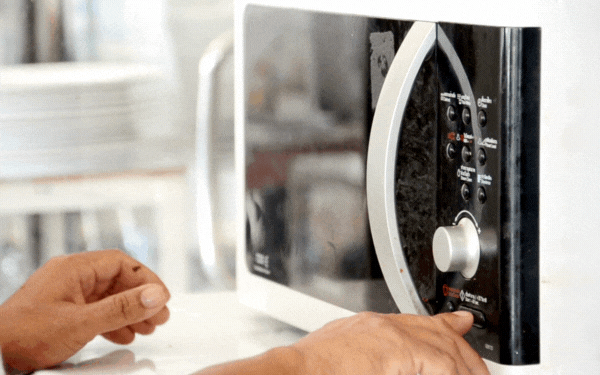
A few key precautions you can take to prevent melting Styrofoam or other dangerous consequences are:
- Do not use microwavable Styrofoam containers to store popcorn or food that requires longer cooking times.
- Do not heat food for long periods of time; about three minutes maximum is recommended for most foods.
- Do not put Styrofoam cups in the microwave, as these are not designed for microwave use and could become damaged due to the intense heat.
- Place a sheet of wax paper between the food and the Styrofoam container; this will help diminish potential melting occurring.
- Be sure that there’s no metal on the inside or outside of the container; any metal pieces coming in contact with the microwave’s electromagnetic field could spark and result in fire or damage to your unit.
- Check the container before microwaving it; if there are small holes poked in it, don’t use it — it could result in smoke or debilitate your appliance’s performance.
How to Safely Microwave Styrofoam
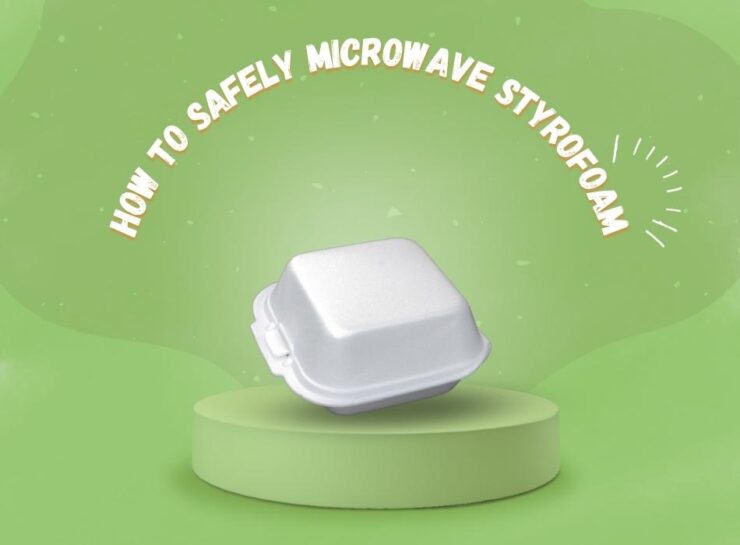
Overheating polystyrene in a microwave can cause it to warp or break apart. In some cases, it can even release toxic fumes and chemicals into the air, which can be hazardous when breathed in.
Therefore, when heating food in a Styrofoam container, it’s best to remove the food from the container and transfer it to a microwave-safe dish prior to heating. As an alternative to Styrofoam in the kitchen, consider using glass or ceramic containers that are made specifically for microwaving food. Furthermore, look for food packaging products labeled “microwave safe,” as that indicates those products were tested for safe use in the microwave oven.
The Environmental Impact of Styrofoam and Its Disposal
When Styrofoam is discarded, it can take hundreds of years to decompose and can contribute to environmental pollution. This litter can also pose a risk to wildlife, as animals may accidentally ingest it or become entangled in it.
To properly dispose of it, it’s important to recycle it. However, not all recycling facilities accept Styrofoam due to its low density and the difficulty of transporting it. Some cities and municipalities have Styrofoam recycling programs, but these are not always widely available.
If it cannot be recycled in your area, it’s important to dispose of it properly. This means putting it in the trash rather than littering it or leaving it in the environment. It should not be burned, as this can release toxic fumes into the air.
To minimize its environmental impact, it’s important to reduce the amount of Styrofoam waste that is generated in the first place. This can be done by choosing alternative packaging materials, such as paper or cardboard, or by using reusable containers made from glass, ceramic, or silicone. It’s also important to consider the environmental impact of the products that we purchase and to choose more sustainable options whenever possible.
In addition to reducing Styrofoam waste, there are also efforts underway to develop more sustainable alternatives. Some companies are exploring the use of biodegradable or compostable materials for food packaging, which would reduce the environmental impact of disposable packaging. Other companies are exploring the use of plant-based materials or alternative forms of packaging, such as edible packaging.
What are the Alternatives to Microwaving Styrofoam?
When it comes to reheating or cooking food, there are certain materials that you should not use in the microwave. Styrofoam is one of them! While microwaving recommended containers like glass, ceramic, pottery and paper can be safe for short periods of time, styrofoam is known to break down when heated and can melt or potentially release toxins into your food.
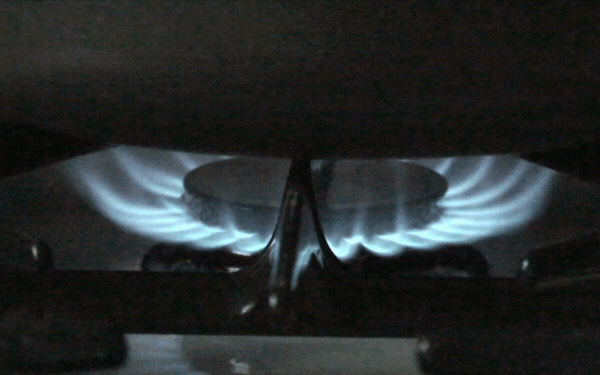
Rather than taking the risk of microwaving styrofoam containers and risking the health of yourself and those around you, it’s important to know what alternatives are available when reheating or cooking food. Here are some alternative methods that may be safer:
- The Stovetop – This traditional method involves transferring your food from its original container to a pot or pan and heating it on a stovetop burner. Be sure to use low-medium heat settings to avoid burning your food.
- Conventional Oven – Unlike a microwave oven which uses radiation to rapidly cook food items at very high temperatures, this method slowly cooks your food at lower temperatures over a period of time. However, depending on how much you are attempting to warm up; it could take anywhere from 15 minutes upwards of an hour for your dish to become hot enough for eating.
- Toaster Oven – This smaller version of a regular convection oven is energy-efficient for smaller amounts of food such as single servings because it does not require preheating like an oven does. It typically uses electricity instead of gas making it a great option if gas is not available in your kitchen. Just make sure the container you’re using is labeled safe for both stovetop and oven temperatures as quick changes between cold and hot surfaces can cause cracking in some materials.
Overall, microwaving styrofoam containers relatively new-age convenience that may come with risks that aren’t worth taking in order to speed up cooking times! If you want help figuring out which other methods may work best for your meal or snack preparations be sure to ask friends or family who have experience with those particular items or consult an expert before making any changes that put you at risk!
FAQs
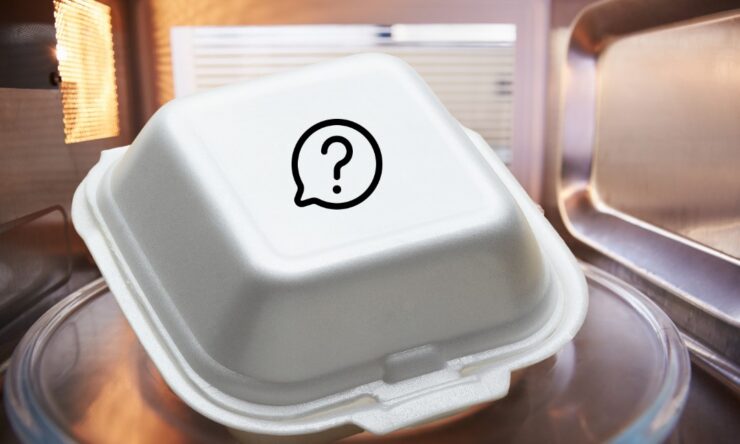
Can you microwave Styrofoam cups?
It is generally not safe to microwave Styrofoam cups due to the potential health risks associated with chemicals leaching into your drink.
How can you tell if a Styrofoam container is microwave-safe?
Look for containers that are specifically labeled as microwave-safe. If there is no label, it’s best to avoid microwaving the container.
What should you do if you accidentally microwave Styrofoam?
Stop the microwave immediately, carefully remove the container, transfer the food to a microwave-safe container, and dispose of the Styrofoam properly.
Is it safe to use plastic containers in the microwave?
Some plastic containers are microwave-safe, but it’s important to check the label and follow any instructions or guidelines for safe use.
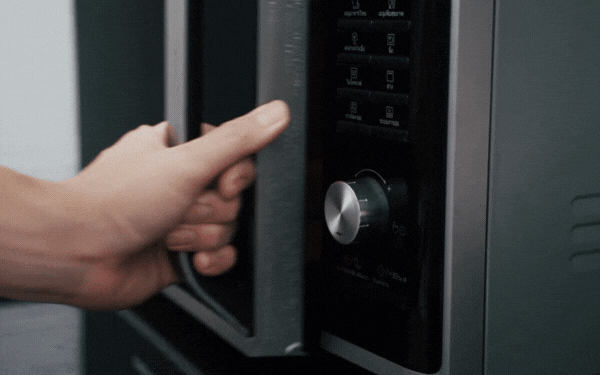
Can you use aluminum foil in the microwave?
No, it is not safe to use aluminum foil in the microwave as it can cause a fire.
Is it safe to use paper towels in the microwave?
Yes, it is generally safe to use paper towels in the microwave, but be sure to follow any instructions or guidelines for safe use.
Can microwaving Styrofoam cause environmental harm?
Yes, it is not biodegradable and can contribute to environmental pollution if not properly disposed of.
What are the benefits of using microwave-safe glass or ceramic dishes?
Microwave-safe glass or ceramic dishes are safe to use in the microwave and do not pose the same health risks as Styrofoam. They are also easy to clean and can be reused multiple times, making them a sustainable choice.
Conclusion
In summary, you should never microwave food in Styrofoam containers, as the chemicals from the container can leach into your food. There is also an increased risk of fire as the container can ignite if it comes into contact with high temperatures. If you need to heat up food in the microwave, it is preferable to choose containers made from glass or ceramic. Besides being better safety options, these materials are typically more durable and easy to clean.
While there are some forms of Styrofoam that are considered safe for microwave use, it is generally recommended to avoid using them for heating purposes due to their potential health hazards. Similarly, even when microwaving food in other materials such as glass or ceramic, precautions should still be taken to ensure that food does not come into contact with high temperatures. Ultimately, regardless of which material you choose for heating food in a microwave oven, making sure that you exercise caution and follow instructions precisely will help minimize your risk of any unwanted health and/or safety hazards.

